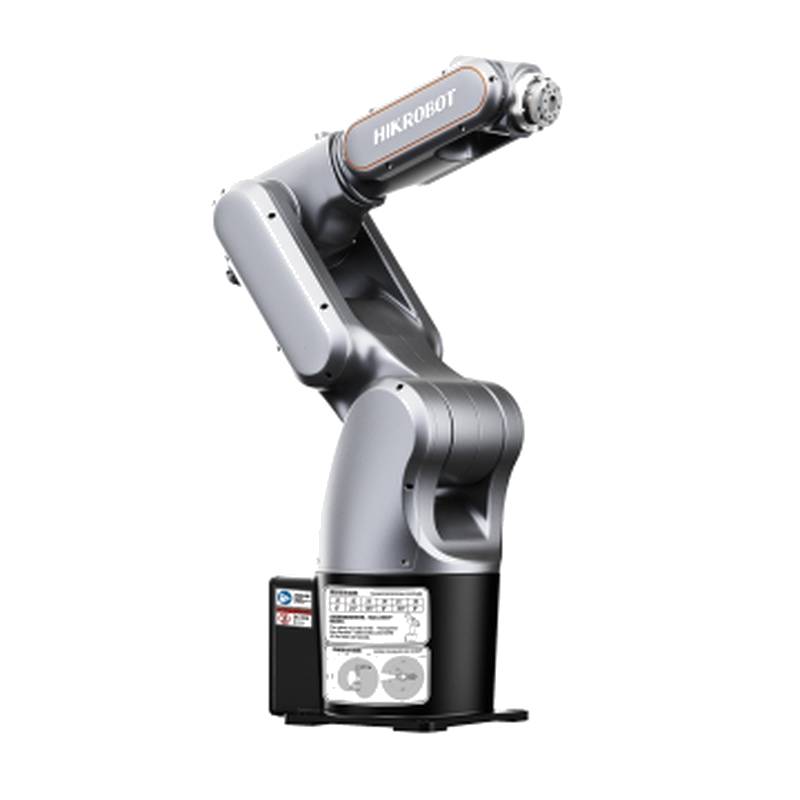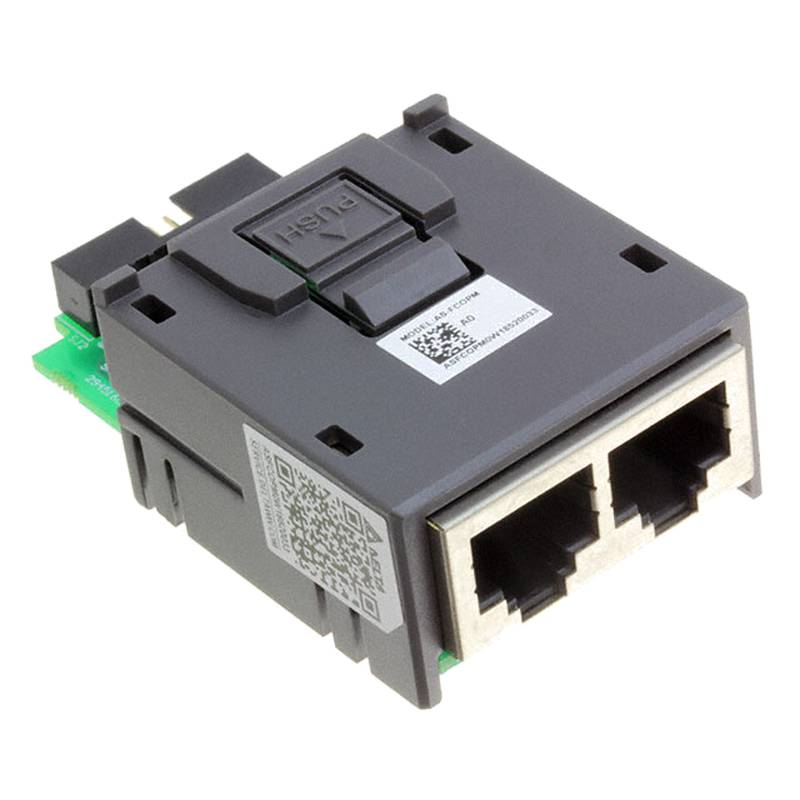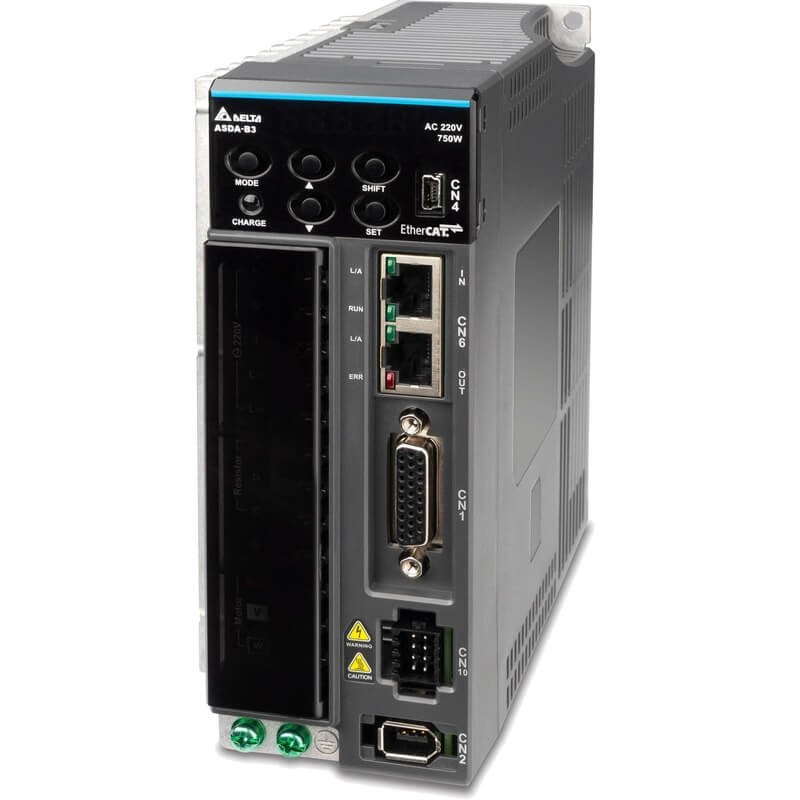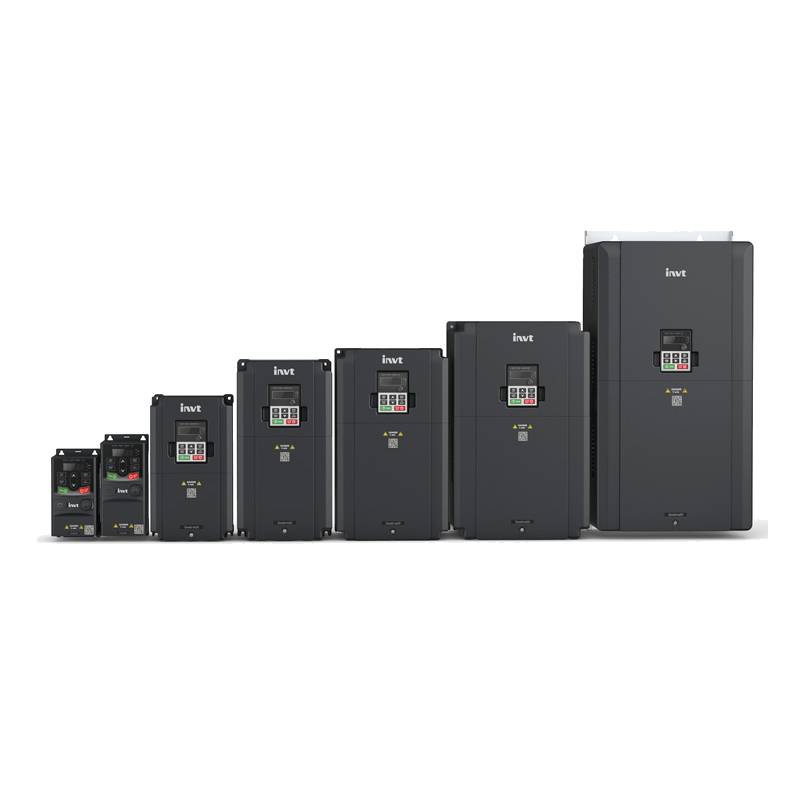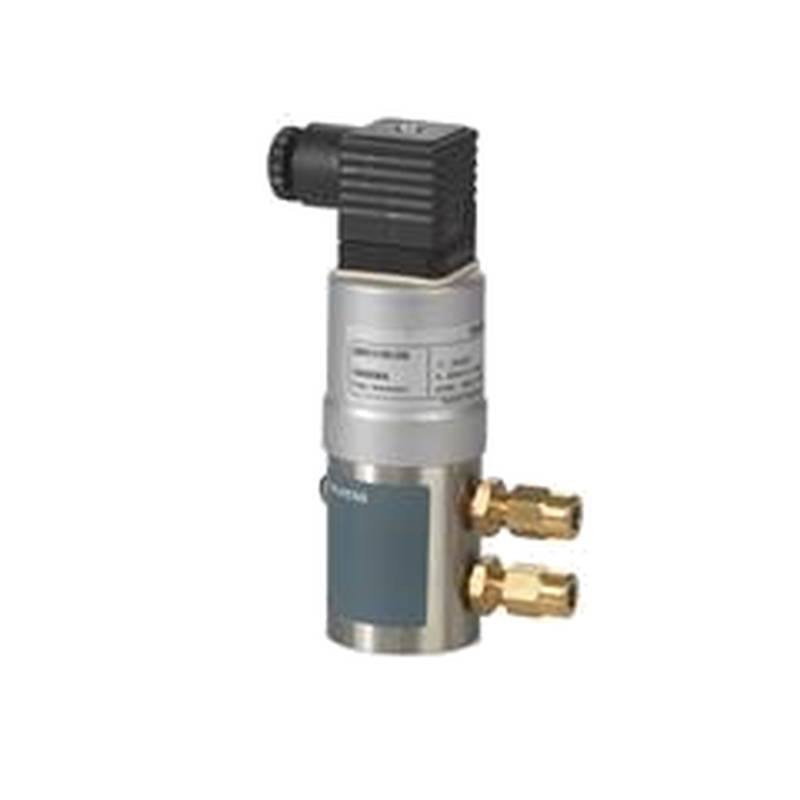
The Siemens 5SN6516-7CN Miniature Circuit Breaker (MCB) is a specialized 1-pole + neutral device engineered for reliable protection in pump and fan applications. This robust MCB boasts a 16A current rating, ensuring precise circuit interruption to safeguard sensitive motor controls and associated equipment from overcurrents and short circuits. Its compact design and advanced tripping characteristics make it an ideal choice for demanding industrial environments where operational continuity and equipment longevity are paramount.
Siemens 5SN6516-7CN MCB: Product Specifications
| Feature | Specification |
| :--------------------- | :---------------------------- |
| Product Type | Miniature Circuit Breaker (MCB) |
| Pole Configuration | 1 Pole + Neutral (1P+N) |
| Rated Current (In) | 16A |
| Tripping Curve | Type C (typical for motor loads) |
| Breaking Capacity (Icn) | 6 kA |
| Voltage Rating (Un) | 230/400V AC |
| Frequency | 50/60 Hz |
| Protection Type | Thermal-magnetic |
| Terminal Type | Screw Terminals |
| Mounting Type | DIN Rail |
| Operating Temperature | -25°C to +45°C |
| Compliance Standards | IEC/EN 60898-1 |
Core Features & Market Positioning
The Siemens 5SN6516-7CN MCB is distinguished by its Type C tripping curve, a critical feature for motor protection applications. This characteristic allows for higher inrush currents typical of pump and fan startup without nuisance tripping, while still providing swift protection against dangerous short circuits. Its robust construction, characteristic of Siemens industrial components, ensures high reliability and a long service life, even in harsh operating conditions. Positioned as a dependable and cost-effective solution, this MCB offers superior protection compared to basic fuses, reducing downtime and maintenance costs associated with motor failures. It represents a sound investment for facilities prioritizing equipment safety and operational efficiency.
Key Application Scenarios
This 1P+N 16A MCB is specifically tailored for safeguarding individual pump and fan circuits in various industrial and commercial settings. It is frequently deployed in HVAC systems to protect air handling unit motors, exhaust fans, and circulation pumps. In water management, it provides essential protection for submersible pumps and booster systems. Manufacturing facilities utilize the Siemens 5SN6516-7CN MCB for motor control circuits in conveyor systems, processing equipment, and ventilation units. Its suitability extends to building services, where it ensures the reliable operation of essential machinery.
Practical System Integration Guidance
Integrating the Siemens 5SN6516-7CN MCB into existing electrical panels is straightforward due to its standard DIN rail mounting. For a 1P+N configuration, the line conductor connects to the phase pole terminal, and the neutral conductor connects to the neutral pole terminal. Ensure all connections are securely tightened to the recommended torque specifications to prevent overheating and ensure reliable electrical contact. The circuit breaker is designed for direct connection to standard single-phase circuits feeding motor loads, typically in conjunction with contactors for higher power applications or direct-on-line starters for smaller motors. Always verify that the circuit's prospective fault current does not exceed the MCB's breaking capacity of 6kA.
Operation and Risk Mitigation
The Siemens 5SN6516-7CN MCB operates using a thermal-magnetic tripping mechanism. The thermal element provides protection against sustained overloads, while the magnetic element offers rapid response to high-magnitude short circuits. In the event of an overload or short circuit, the internal mechanism will cause the breaker to trip, interrupting the power flow. This action is crucial for preventing motor winding damage, cable insulation breakdown, and potential fire hazards. Regular visual inspection for any signs of damage or discoloration around the terminals is recommended. Should a trip occur, identify and rectify the cause of the overload or short circuit before resetting the MCB by lifting the toggle to the ON position.
Scalability & Long-Term Value
The Siemens 5SN6516-7CN MCB offers excellent long-term value through its compatibility with the broader Siemens industrial automation ecosystem. While this specific unit is designed for direct circuit protection, it can be integrated into larger control panels and systems that may incorporate Siemens PLCs, motor starters, and HMI devices. This ensures seamless interoperability and a unified approach to plant management. The robust design and adherence to international standards guarantee its relevance and performance over the lifespan of the equipment it protects, minimizing the need for premature replacements and supporting a sustainable operational strategy.
Frequently Asked Questions (FAQs)
Q1: What type of loads is the Siemens 5SN6516-7CN MCB best suited for?
The Siemens 5SN6516-7CN MCB is specifically designed for inductive loads, particularly motors used in pump and fan applications. Its Type C tripping curve provides the necessary surge current handling for motor startups without premature tripping. This makes it ideal for AC motor circuits where initial current can be several times higher than the running current.
Q2: What is the breaking capacity of the Siemens 5SN6516-7CN MCB?
This MCB features a breaking capacity of 6 kA (kiloamperes) at 230/400V AC. This indicates its ability to safely interrupt fault currents up to this level. It is crucial to ensure that the prospective short-circuit current at the installation point does not exceed this rating to maintain reliable protection.
Q3: Can the Siemens 5SN6516-7CN MCB be used for DC circuits?
No, the Siemens 5SN6516-7CN MCB is designed and rated exclusively for AC (Alternating Current) circuits. It is not suitable for use in DC (Direct Current) applications. Using it in a DC circuit can lead to improper operation, failure to trip, and significant safety hazards.
Q4: How do I reset the Siemens 5SN6516-7CN MCB after it trips?
To reset the Siemens 5SN6516-7CN MCB, first, identify and rectify the cause of the trip (e.g., overload or short circuit). Then, firmly push the toggle switch to the 'ON' position. If the breaker trips again immediately, there is likely an ongoing fault that requires further investigation by a qualified electrician.
Q5: What is the difference between a Type C and Type B MCB for motor applications?
A Type B MCB trips at lower multiples of its rated current, typically for sensitive electronic loads or resistive heating. A Type C MCB has a higher magnetic trip threshold, making it suitable for inductive loads like motors that experience high inrush currents during startup. Therefore, Type C is preferred for pumps and fans.
Q6: Does the Siemens 5SN6516-7CN MCB offer adjustable settings?
No, the Siemens 5SN6516-7CN MCB, like most standard miniature circuit breakers, does not offer adjustable settings for current or tripping characteristics. It comes with fixed, pre-determined thermal and magnetic tripping thresholds based on its Type C rating and 16A current capacity.
Q7: What standards does the Siemens 5SN6516-7CN MCB comply with?
This MCB complies with international standards IEC/EN 60898-1. These standards define the requirements for circuit-breakers for household and similar installations, ensuring product safety and performance. Compliance signifies its suitability for general electrical protection duties.
Q8: What is the typical lifespan of a Siemens 5SN6516-7CN MCB?
The operational lifespan of a Siemens 5SN6516-7CN MCB is extensive, typically measured in electrical and mechanical switching cycles rather than a fixed number of years. With proper installation and operation within its specified limits, it can provide reliable protection for many years, often exceeding the lifespan of the equipment it protects.
Q9: Can I use this 16A MCB to protect multiple circuits?
No, the Siemens 5SN6516-7CN MCB is designed to protect a single circuit or a single load, such as one specific pump or fan motor. Each circuit requiring protection should have its own appropriately rated MCB to ensure selective tripping and prevent cascading failures.
Q10: How does the 'Neutral Pole' in a 1P+N MCB function?
In a 1P+N MCB, the neutral pole acts as a switch but does not contain the overcurrent tripping mechanism. It is designed to open and close simultaneously with the phase pole, ensuring complete isolation of the circuit from both live and neutral conductors. This is crucial for maintenance safety.
















